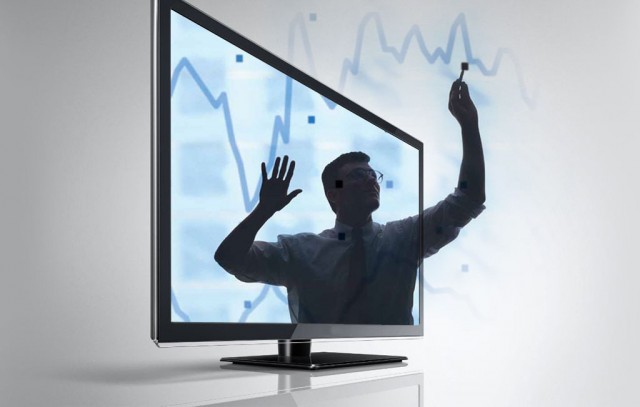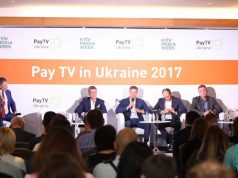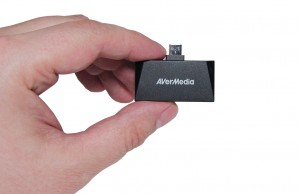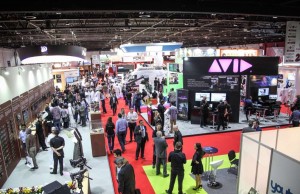The Ukrainian Media Group, owned by the Ukrainian billionaire Viktor Pinchuk, longs for global changes.
Vladimir Borodyansky, the President of StarLightMedia, stated that the media group is ready to move to encoded broadcasting of their TV channels. He announced it at the conference on pay-TV in Ukraine, held within the forum KIEV MEDIA WEEK 2015.
The ideas of the TV channels’s management, providers and experts, expressed at the conference PayTV in Ukraine in 2015, can be found here.
We shall recall that the StarLightMedia Group incorporates TV channels like ICTV, Novyi Kanal, QTV, M1, M2 and STB.
Under these conditions, when the volume of the Ukrainian advertising market has been reducing, it represents virtually the only earnings for Ukrainian TV channels and media groups. Since they have to pay for relaying not only the analog signal, but also the digital and satellite ones, the idea of encoding the most popular TV channels remains almost the only way out in the given situation.
But the channels face problems: the universal content service (UCS) and the solvency of audience.
Under the Law of Ukraine On Television and Radio Broadcasting, every resident is secured with a free access to the TV channels engaged in terrestrial broadcasting. So, almost all terrestrial TV channels are a part of UCS, and they must be in free access, as the fee for them is prohibited to charge. From distributing their channels in the cable networks the media group does not get anything as well, but rather the opposite it loses, as according to Article 39, clause 9 of the above Law, for distributing programs of the universal content service a provider is not obliged to enter into contracts with relevant TV and radio broadcasters. Therefore the StarLightMedia can just encode the signal of its TV channels via the satellite.
There are two ways to solve the problem at the legislative level, either the UCS incorporates only the state-owned and public broadcasters, or the cable operators pay royalties to the TV channels for supplied content, as is common in the West.
The second problem remains the audience’s fee charged for provided content. According to Borodyansky, to start, the fee can amount to UAH 5 per subscriber for all the Media Group’s TV channels, which will gradually increase up to USD 1. But our audience is not accustomed to pay for what it got always for free. And now there appears the problem of piracy: why to pay for something you can get for free? Although the United States crossed our country out of the list of Priority Foreign Countries, in fact, the situation has not so improved.
As reported by Mediasat, the users have available in Ukraine over 400 resources with pirate TV broadcasting. Previously, the largest Ukrainian TV groups like 1+1 Media, StarLightMedia, InterMediaGroup and Media Group Ukraine run promotion campaigns against piracy. The Ukrainian Government also drew up an annual programme, which implementation would assist in reducing this misery.
Be it as it may, the issue of moving to a paid distribution model by the most popular channels depends entirely on a dialogue between broadcasters, service providers and the Government. In any case, the Ukrainian media market has two ways to solve the burning problem: either global changes, or total decline.

















